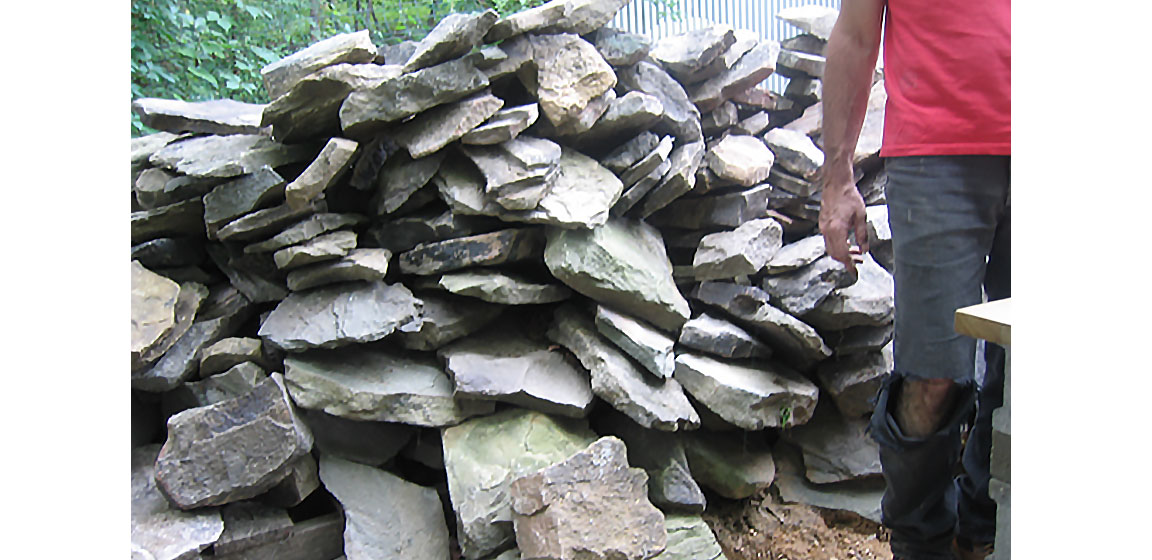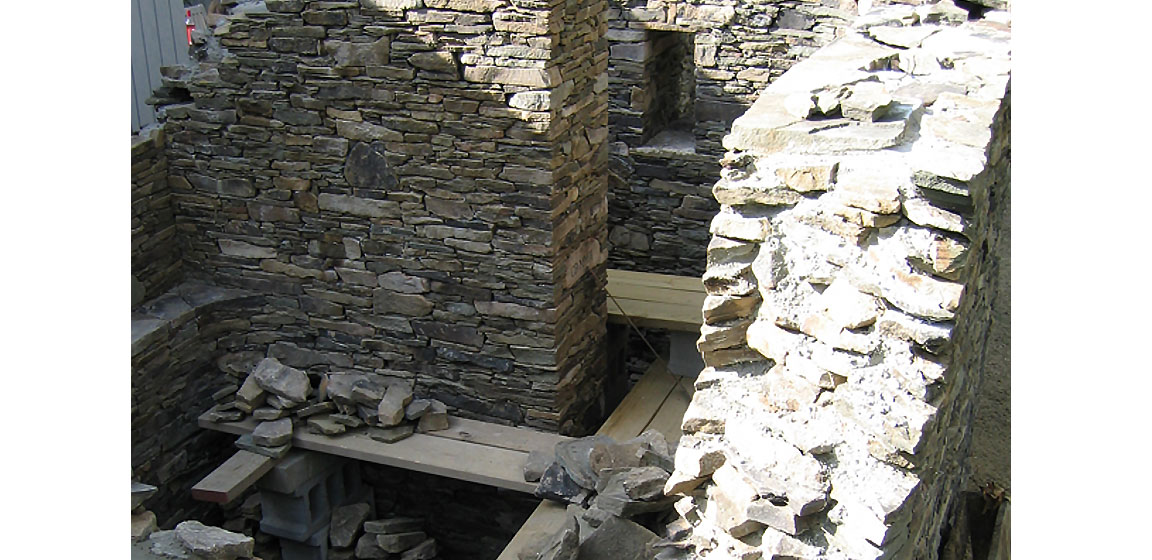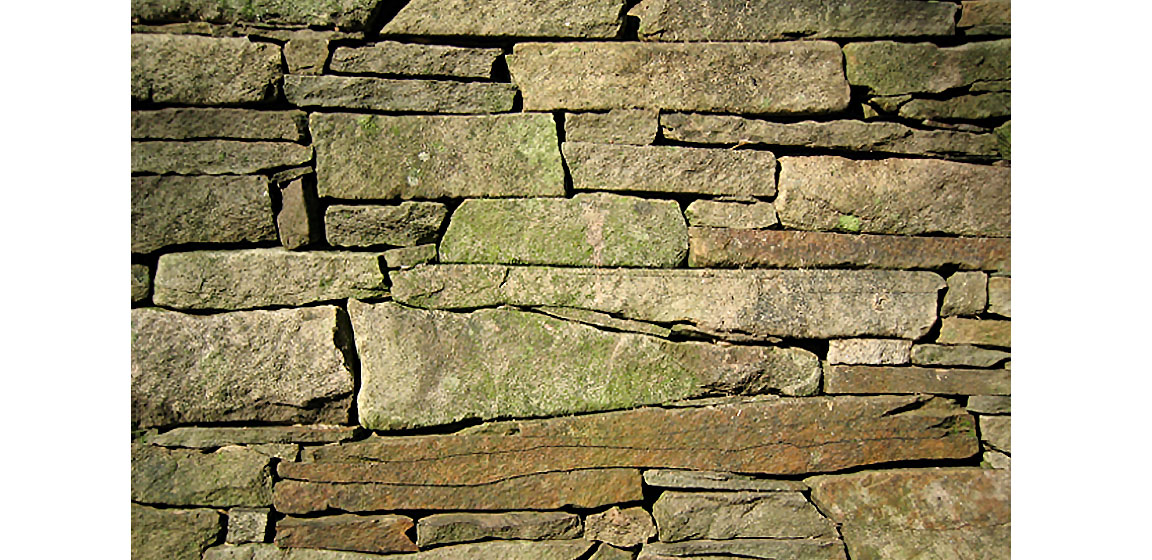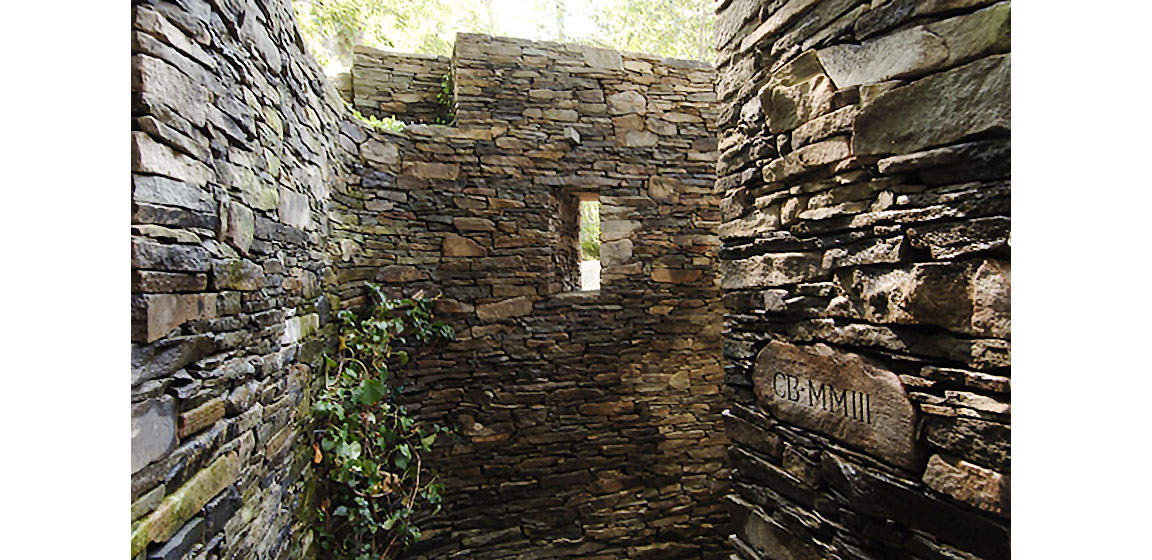Carved In Stone

In this age of digital media, cloud computing, virtual companies, social networks and cyber gaming, all in constant flux and composed of invisible bits, our world is becoming increasingly intangible and ephemeral. Even certain tangible things like pop-up stores, flash mobs, and the latest smart phones are designed to be temporary. Here today and gone (or different) tomorrow.
These amazing online capabilities are the realization of a wondrous future envisioned in my childhood when Dick Tracy wore a 2-way wrist radio and the Mod-1 picture phone was introduced at the 1964 world’s fair. The ability to instantly access and explore terabytes of data, find the answer to virtually any question and locate your friends (or yourself) from anywhere on earth are all valuable outcomes of these once imagined technologies.
At the same time, our economy is progressively becoming service oriented – ‘service’ also being an intangible commodity. Except for the obvious industries, we don’t make many things in this country anymore….especially in my city of New York. Although many services do involve physical labor, there is usually nothing new created by that effort. We are working more with our heads than with our hands…..except for our thumbs, which are becoming our most exercised appendages, constantly pummeling the keypads on those ever upgraded smart phones.
Similarly, my profession has also changed radically over the past 35 years. When I graduated from art school (where everything I did involved making art and artifacts with my hands) and began my career, most of the tasks and processes of the ‘graphic design’ profession required handwork – once I had the ‘big idea’ of course. I drew things with pencils and brushes, cut and pasted (with real blades and glue), scored, folded and built mock-ups, models and prototypes….and utilized a variety of tools with different functions that required different hand skills and related deftness to use. I made things.
However, the advent of the Mac and the numerous subsequent Moore’s Law generations of evolved software and hardware that have culminated in my current workspace, has virtually eliminated the need for those hand skills. The variety of materials, tools and tactile mediums have all been transformed into identical plastic keyboards, glass monitors and repetitive point-and-click motions. At the same time, deadlines have shrunk and time demands have intensified. There is less time for craftsmanship and less consideration of, or appreciation for such. Sooner is better than better in a world where everything is rendered in 72 dpi.
As a result, I found myself wanting to make something with my hands again. It seems that many of my colleagues in the design profession, and others whose day consists mostly of keystrokes, have had a similar inclination, turning to painting, pottery or making Adirondack chairs – things that are tangible and tactile, that take as much time as they take, and that will be around for many years to come. I’ve satisfied that urge for the past 10 years by building stone walls.
Building a stone wall is an extremely time consuming, trial and error undertaking requiring much perseverance, and which can swallow up hours or even whole days at time. As a result, when you only have weekends in which to work, it is also an exercise in patience – another quality that seems to be vanishing with the ability to get answers, products and services at the speed of light with minimal effort by well-trained thumbs.
But my greatest satisfaction in building a stone wall is derived from the fact that it won’t be gone, or different, tomorrow. Except for a seasonal patina of moss or ice, it is an unchanging presence and ongoing physical evidence of the handwork that carefully and thoughtfully positioned – and repositioned – each stone adjacent to the next. It not only enhances my current surroundings and the ambience of every al fresco lunch, but will continue to do so until my children’s children’s children are sitting next to it sipping wine on some beautiful summer afternoon generations into the future – when I am dust and all of today’s intangible environments and technological gadgets have long been superseded with ever faster and more marvelous and ephemeral virtual realities.
Craig Bernhardt

















